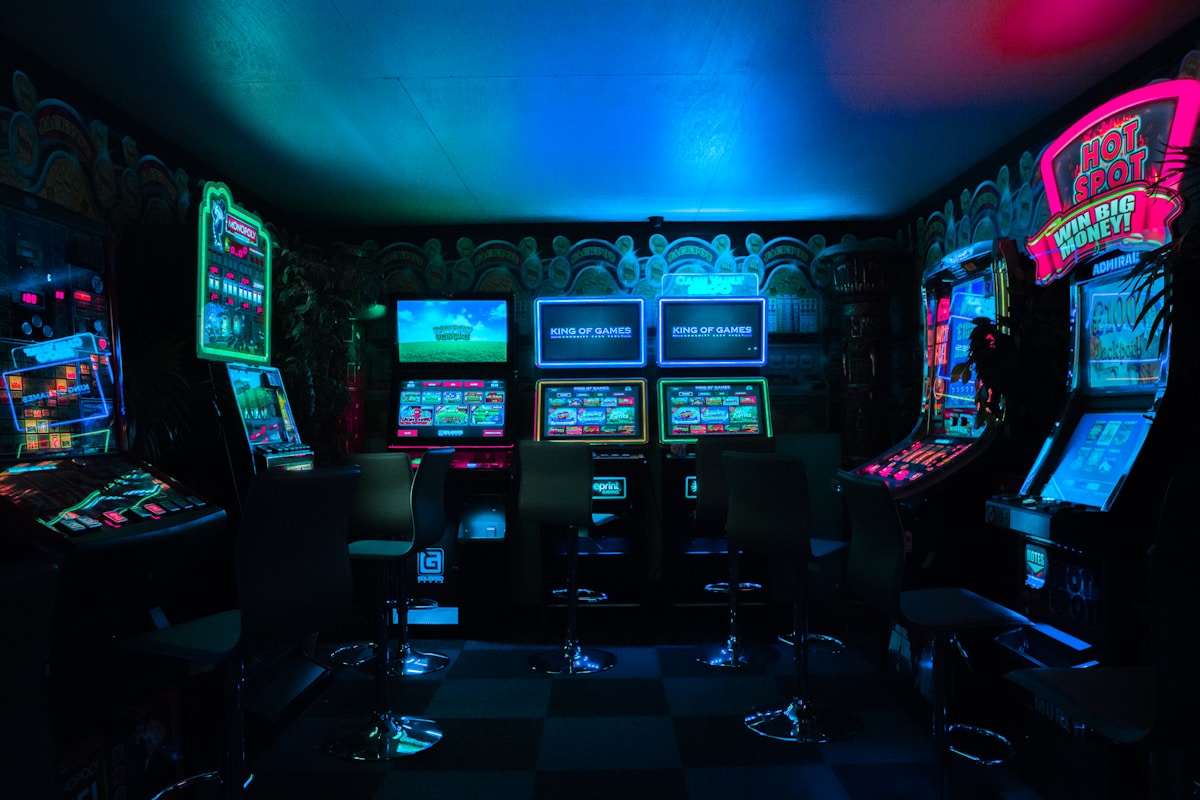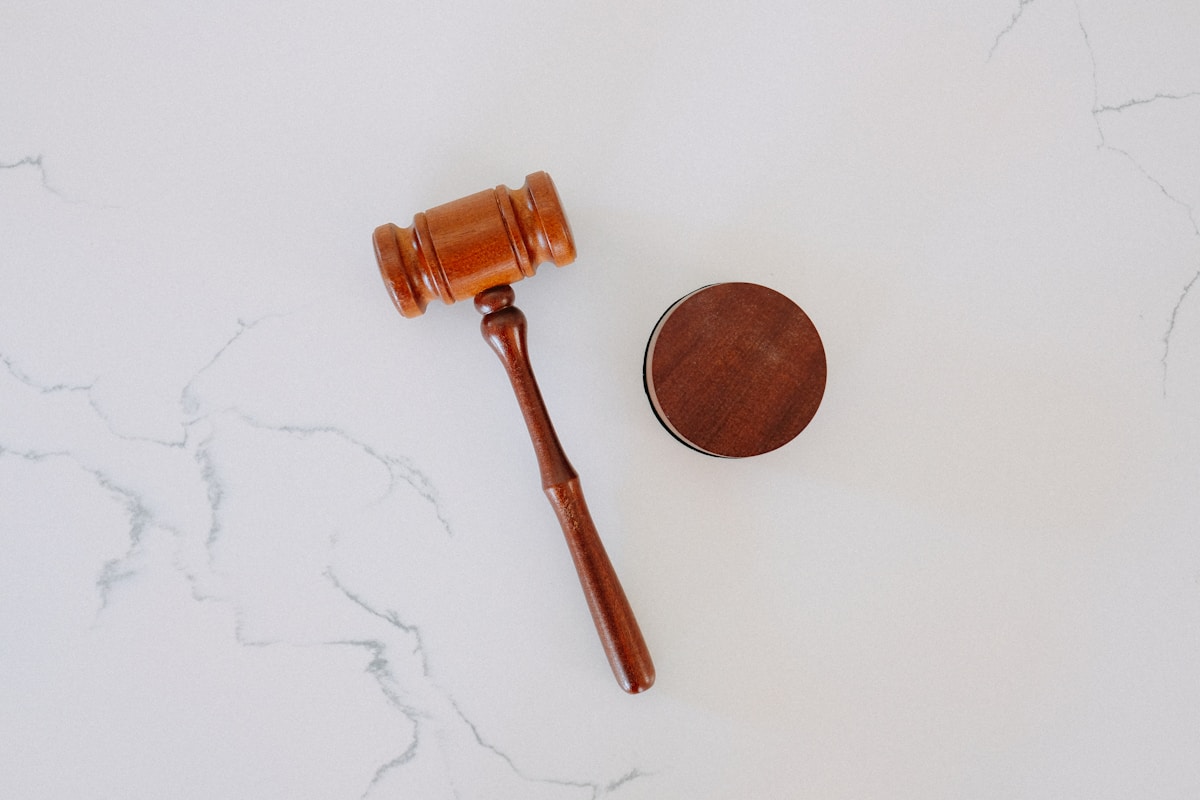Nintendo and The Pokémon Company are requesting a Japanese court award them a combined 10 million yen (approximately $66,000 USD) in damages from Pocketpair’s Palworld patent infringement case, a surprisingly modest sum for one of gaming’s highest-grossing franchises. However, the real threat comes not from the monetary damages but from the requested injunction that could force Palworld off the market entirely. Nintendo is seeking 5 million yen for itself and 5 million yen for The Pokémon Company, plus late payment damages, covering the period between each patent’s registration date and the lawsuit’s September 2024 filing. The strategic lawsuit targets three patents filed after Palworld’s January 2024 release, raising questions about Nintendo’s patent thicket approach to protecting Pokémon’s game mechanics.
- The Surprisingly Low Damages Amount
- Why the Injunction Matters Far More
- The Three Patents at Issue
- The Patent Thicket Strategy
- Why Japanese Revenues Were Limited
- Pocketpair’s Public Response
- Industry and Community Reactions
- Potential U.S. Patent Expansion
- What Happens Next
- Frequently Asked Questions
- Conclusion
The Surprisingly Low Damages Amount
The 10 million yen total (roughly $66,000, £25,000, or €30,000) shocked observers who expected Nintendo to pursue far more aggressive financial penalties given Pokémon’s status as the highest-grossing media franchise of all time. Palworld sold over 25 million copies within its first month of early access launch in January 2024, generating massive revenues for indie developer Pocketpair. Why would Nintendo settle for what amounts to pocket change for a franchise that generated over $100 billion lifetime revenue?
The explanation lies in the limited damages period covered by the lawsuit. Nintendo’s three patents-in-suit were all filed and registered after Palworld’s January 19, 2024 release, with application dates ranging from February 26 to July 30, 2024 and registration dates from May 22 to August 27, 2024. The lawsuit can only claim damages for the period between each patent’s registration and the September 19, 2024 filing date, dramatically limiting the revenue period Nintendo can target.
Why the Injunction Matters Far More
The requested injunction against Palworld represents the existential threat that dwarfs the modest monetary damages. If the Tokyo District Court grants Nintendo’s request, Pocketpair would be forced to either remove the allegedly infringing mechanics from Palworld or cease selling the game entirely in Japan. Given that the patents target core creature-catching gameplay mechanics fundamental to Palworld’s identity, removal likely isn’t feasible without completely rebuilding the game’s foundation.
An injunction in Japan could create cascading effects internationally. While Japanese courts can’t directly force shutdowns in other territories, an injunction provides legal precedent that Nintendo could leverage when pursuing similar patent cases in the United States, Europe, and other jurisdictions. Pocketpair might preemptively remove Palworld from global markets rather than fighting multi-front legal battles across different patent systems. The injunction essentially threatens Palworld’s existence as a commercial product, making the $66,000 damages request look like an afterthought.
The Three Patents at Issue
Pocketpair’s November 8, 2024 statement revealed the specific patents Nintendo claims Palworld infringes. Patent No. 7545191 (filed July 30, 2024, registered August 27, 2024) covers game programs, systems, devices, and processing methods. Patent No. 7493117 (filed February 26, 2024, registered May 22, 2024) targets similar game program and system categories. Patent No. 7528390 (filed March 5, 2024, registered July 26, 2024) focuses on game programs, systems, information processing devices, and methods.
The extremely broad language in these patents reflects Nintendo’s strategy to cover general game mechanics rather than specific artistic implementations. Rather than targeting Palworld’s creature designs (which would require copyright infringement claims), Nintendo attacks the underlying systems for capturing, storing, and deploying creatures in combat. That approach allows Nintendo to sidestep questions about whether individual Pal designs copy specific Pokémon, instead arguing that the game’s entire creature-catching loop infringes patented mechanics.
The Divisional Application Strategy
All three patents trace back to earlier Nintendo patent applications through the divisional application process. After The Pokémon Company announced in January 2024 that it was investigating potential Palworld patent infringement, Nintendo filed these divisional applications derived from older parent patents and leveraged accelerated examination at the Japan Patent Office (JPO) for rapid approval. This strategy allowed Nintendo to create new patents specifically targeting Palworld’s mechanics retroactively.
Critics argue this represents patent system abuse where companies file overly broad patents after seeing competitors’ successful implementations, then retroactively claim infringement. Defenders note that divisional applications are legal procedures designed to let patent holders refine claims based on technological developments. Whether the Tokyo District Court views Nintendo’s accelerated divisional filings as legitimate IP protection or anti-competitive weaponization of patents will determine the lawsuit’s outcome.
The Patent Thicket Strategy
Legal analysts describe Nintendo’s approach as creating a patent thicket, a multiplicity of patents sharing common context designed to block all roads around a specific technology or game mechanic. By filing numerous patents covering slightly different aspects of creature-catching gameplay, Nintendo aims to make it impossible for Palworld to exist in its current form without infringing at least one patent. Every alternative implementation Pocketpair might use to design around one patent runs into another patent blocking that path.
The thicket strategy explains why Nintendo filed three separate patents rather than pursuing a single comprehensive claim. If Pocketpair successfully invalidates or designs around one patent, two others remain as fallback positions. If the court narrows one patent’s scope, the other patents might still apply. This redundancy maximizes Nintendo’s chances that at least one patent survives legal challenges and forces Pocketpair into either licensing negotiations or shutting down Palworld entirely.
Why Japanese Revenues Were Limited
The modest damages request also reflects Palworld’s limited commercial success specifically in Japan during the covered period. Japanese gamers predominantly play on Nintendo Switch and PlayStation consoles, not Xbox and PC where Palworld achieved its breakthrough. Palworld launched in early access on Xbox Series X/S, Xbox One, Windows PC, and Steam, completely bypassing the platforms that dominate Japan’s gaming market.
Pocketpair only announced Palworld for PlayStation 5 in September 2024, the same month Nintendo filed the lawsuit. The lack of Nintendo Switch version (which would obviously never happen given Nintendo’s hostility) and delayed PlayStation release meant Palworld’s Japanese sales during the February-September 2024 damages period were minimal compared to global revenues. That geographic and platform limitation explains why damages remained in the tens of thousands rather than millions despite 25 million total players worldwide.
Pocketpair’s Public Response
Pocketpair has consistently maintained that Palworld cleared legal reviews before release. We will continue to assert our position in this case through future legal proceedings, the company stated in its November 2024 update. Please note that we will refrain from responding individually to inquiries regarding this case. If any matters arise that require public notice, we will announce them on our website. The measured tone contrasts with more combative responses some indie developers take when facing corporate lawsuits.
Behind that diplomatic language lies an existential fight for Pocketpair’s existence. Palworld represents the studio’s breakthrough hit after years of smaller projects that never achieved mainstream success. An injunction shutting down Palworld would devastate the company financially and creatively, potentially forcing bankruptcy or forcing the team to abandon game development entirely. The stakes couldn’t be higher despite the modest monetary damages Nintendo requests.
Industry and Community Reactions
The gaming community split sharply over Nintendo’s lawsuit. Some players view Nintendo’s actions as necessary protection of Pokémon’s innovations that competitors shouldn’t freely copy without consequence. Others see aggressive patent litigation against an indie studio as corporate bullying using legal resources smaller developers can’t match. Former Capcom designer Yoshiki Okamoto sparked backlash in Japan by stating Palworld has crossed a line that should not be crossed, comments that many interpreted as siding with corporate interests over creative freedom.
Game developers expressed particular concern about Nintendo’s patent thicket strategy. If Nintendo successfully argues that basic creature-catching mechanics infringe their patents, what prevents them from targeting other monster-collecting games? Temtem, Cassette Beasts, Nexomon, and countless mobile games feature similar mechanics without facing Nintendo lawsuits. The selective enforcement against Palworld specifically raises questions about whether Nintendo targets games based on commercial threat rather than consistent IP protection principles.
Potential U.S. Patent Expansion
Nintendo has been actively bolstering its U.S. patent portfolio with applications mirroring the Japanese patents used against Palworld. If the Tokyo District Court rules in Nintendo’s favor, the company will almost certainly file parallel lawsuits in U.S. federal courts targeting Palworld’s American sales. U.S. patent law differs substantially from Japanese law, but a Japanese victory provides persuasive precedent that American courts might consider when evaluating similar claims.
The U.S. litigation would carry higher financial stakes given that America represents Palworld’s largest market. Statutory damages under U.S. patent law can reach millions of dollars for willful infringement, and American courts show less hesitation awarding substantial judgments against foreign defendants. Nintendo’s recent $4.5 million default judgment against a ROM piracy site demonstrates the company’s willingness to pursue maximum damages when U.S. law allows, suggesting Palworld could face far more aggressive financial demands in American courts than the modest Japanese damages request.
What Happens Next
The Tokyo District Court will now evaluate Nintendo’s patent claims against Pocketpair’s defenses. The process could take months or years depending on case complexity and whether Pocketpair challenges the patents’ validity. If the court finds infringement, it must then decide whether to grant Nintendo’s requested injunction and whether the damages amount adequately compensates for proven harm. Pocketpair could appeal unfavorable rulings, extending litigation for years.
Settlement negotiations likely happen behind closed doors regardless of public statements. Nintendo might accept licensing fees allowing Palworld to continue operating in exchange for ongoing royalty payments and public acknowledgment of Nintendo’s patent rights. Pocketpair might agree to modify specific mechanics that most clearly infringe the patents while preserving Palworld’s core gameplay. Or both sides could dig in for protracted legal warfare testing their resolve and resources.
Frequently Asked Questions
How much is Nintendo suing Palworld for?
Nintendo and The Pokémon Company are requesting 10 million yen total (approximately $66,000 USD) in damages, split as 5 million yen each. However, the requested injunction poses a far greater threat by potentially forcing Palworld off the market entirely.
Why is the damages amount so low?
The patents Nintendo claims Palworld infringes were filed and registered after Palworld’s January 2024 release, limiting the damages period to between each patent’s registration date and the September 2024 lawsuit filing. Additionally, Palworld had limited Japanese sales during this period since it wasn’t available on Nintendo Switch or PlayStation 5.
What patents does Nintendo claim Palworld infringes?
Three Japanese patents: No. 7545191, No. 7493117, and No. 7528390. All cover game programs, systems, and processing methods related to creature-catching mechanics. The patents were filed through divisional applications after Palworld’s release.
Is this a copyright or patent lawsuit?
This is a patent infringement lawsuit targeting Palworld’s game mechanics, not a copyright lawsuit about creature designs. Nintendo is attacking the underlying systems for capturing and deploying creatures rather than specific artistic similarities to Pokémon.
What is the injunction Nintendo is requesting?
Nintendo wants the court to order Pocketpair to stop selling Palworld in Japan. An injunction would force the game off the market unless Pocketpair removes the allegedly infringing mechanics, which might be impossible without completely rebuilding the game.
When will the lawsuit be decided?
The Tokyo District Court process could take months or years. If Pocketpair appeals unfavorable rulings, the case could drag on for multiple years through Japan’s court system.
Could Nintendo sue Palworld in other countries?
Yes. Nintendo has been bolstering its U.S. patent portfolio with applications mirroring the Japanese patents. A Japanese victory would provide precedent for lawsuits in American and European courts targeting Palworld’s sales in those territories.
Conclusion
Nintendo’s seemingly modest $66,000 damages request in the Palworld lawsuit disguises the existential threat posed by the requested injunction that could force the game off the market entirely. The patent thicket strategy using divisional applications filed after Palworld’s release raises uncomfortable questions about whether Nintendo is legitimately protecting Pokémon’s innovations or weaponizing the patent system to eliminate commercial threats from indie competitors. For Pocketpair, the financial damages represent a rounding error compared to the injunction that could destroy the studio’s breakthrough hit and livelihood. Whether the Tokyo District Court views Nintendo’s patents as valid IP protection or anti-competitive overreach will determine not just Palworld’s fate but potentially establish precedent affecting every monster-catching game that dares compete with Pokémon’s decades-long dominance.




